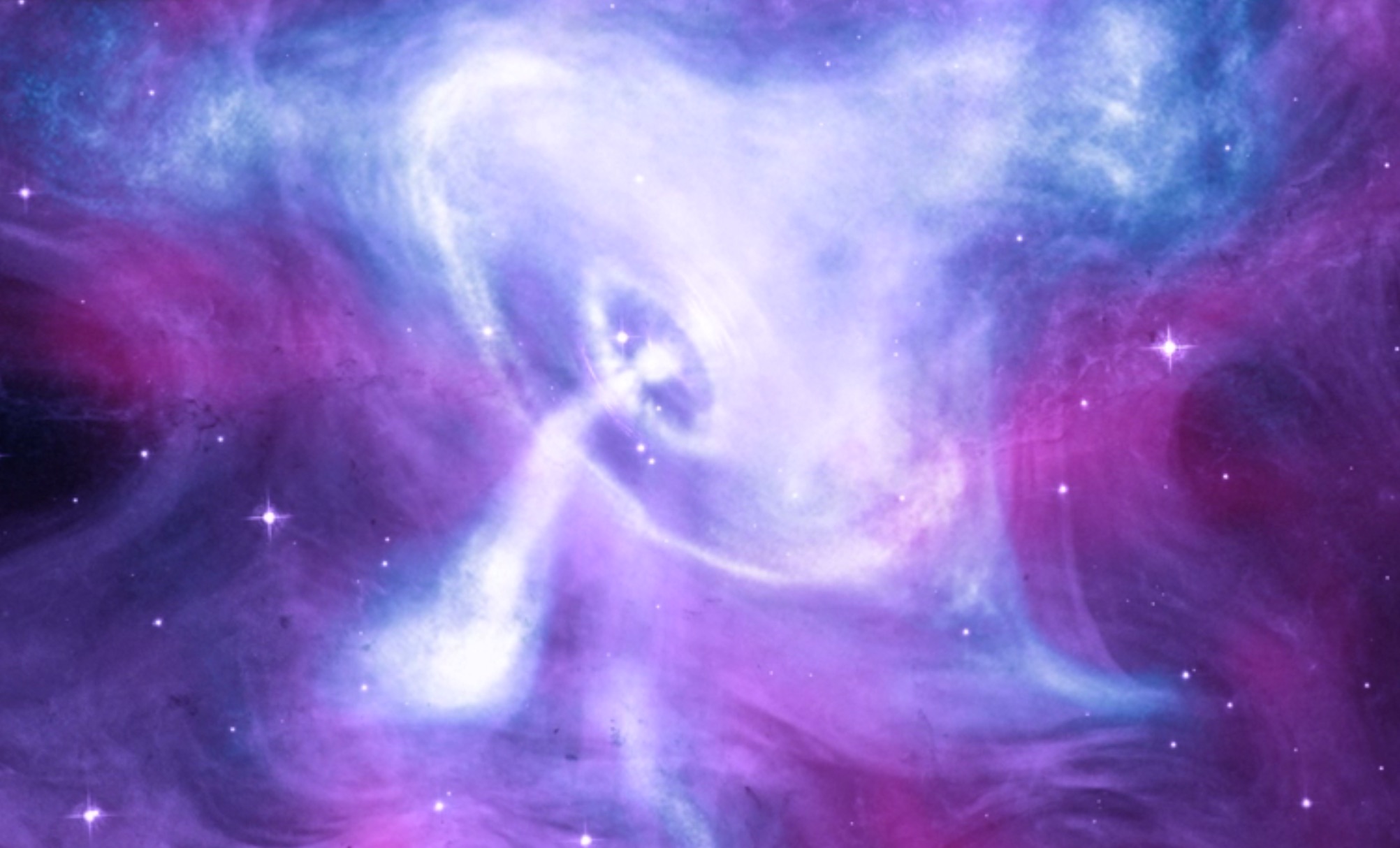Stunning Video Offers a Quick Tour of the Crab Nebula
Beautiful images accompany a quick tour of the Crab Nebula in two new videos released by NASA. One video showcases a stunning new composite image of the nebula, while the other highlights the relationship between NASA's Chandra Observatory and the nebula whose workings it helped uncover.
Unlike with most nebulas, the supernova that gave rise to the Crab Nebula was actually observed. A "new star" appeared just above the southern horn of Taurus around July 4, 1054, and was witnessed by people across the world. Having this timeline is quite a boon for astronomers trying to understand the explosion and its aftermath, and the Crab has become one of the best studied nebulas, according to the video.
NASA's Chandra Observatory has literal X-ray vision — it detects X-rays emanating from objects in space — and the Crab Nebula is one of the first objects the spacecraft set its sights on. Scientists now know that the energy emanating from the nebula is powered by a rapidly spinning neutron star called a pulsar. These stellar remnants can whip up tremendous magnetic fields, which are responsible for the radiation detected by Chandra. [See more amazing photos of the Crab Nebula]
A new image of the Crab combines light from X-rays, through the visible spectrum, and into infrared. The swirly, psychedelic image comes courtesy of three of NASA’s orbiting telescopes: Chandra, Hubble, and Spitzer.
Follow Harrison Tasoff @harrisontasoff. Follow us @Spacedotcom, Facebook and Google+. Original article on Space.com.
Breaking space news, the latest updates on rocket launches, skywatching events and more!

Harrison Tasoff is a science journalist originally from Los Angeles. He graduated from NYU’s Science, Health, and Environmental Reporting Program after earning his B.A. in mathematics at Swarthmore College. Harrison covers an array of subjects, but often finds himself drawn to physics, ecology, and earth science stories. In his spare time, he enjoys tidepooling, mineral collecting, and tending native plants.

